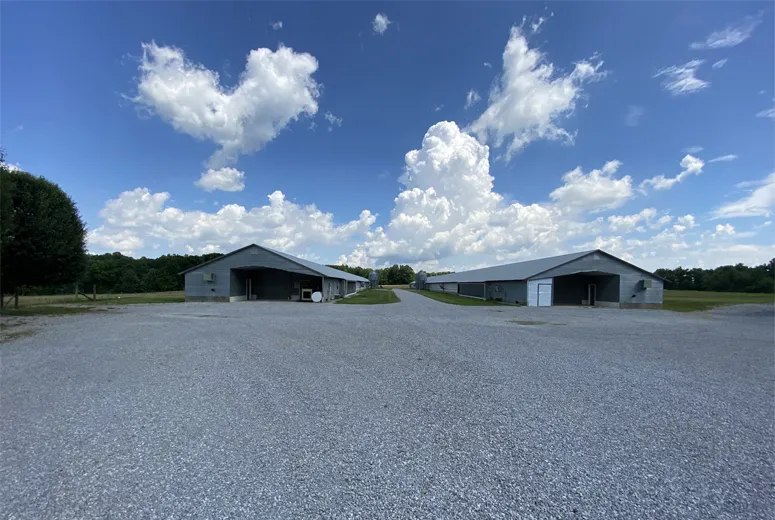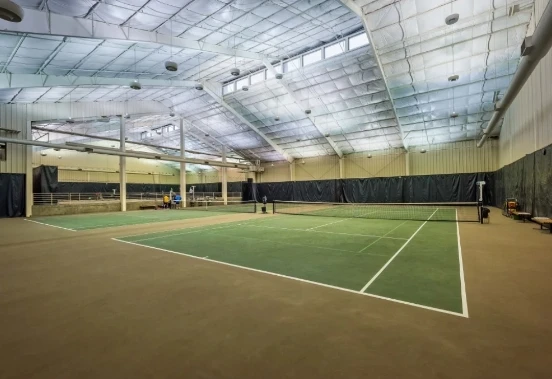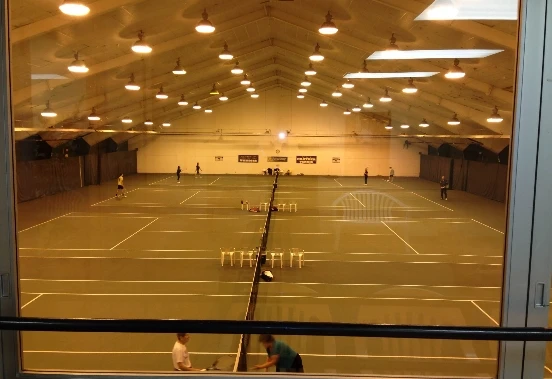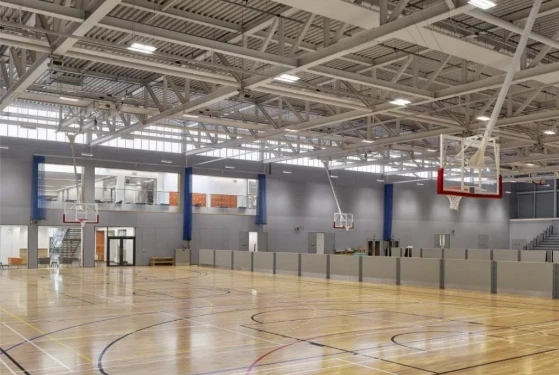- Afrikaans
- Albanian
- Amharic
- Arabic
- Armenian
- Azerbaijani
- Basque
- Belarusian
- Bengali
- Bosnian
- Bulgarian
- Catalan
- Cebuano
- Corsican
- Croatian
- Czech
- Danish
- Dutch
- English
- Esperanto
- Estonian
- Finnish
- French
- Frisian
- Galician
- Georgian
- German
- Greek
- Gujarati
- Haitian Creole
- hausa
- hawaiian
- Hebrew
- Hindi
- Miao
- Hungarian
- Icelandic
- igbo
- Indonesian
- irish
- Italian
- Japanese
- Javanese
- Kannada
- kazakh
- Khmer
- Rwandese
- Korean
- Kurdish
- Kyrgyz
- Lao
- Latin
- Latvian
- Lithuanian
- Luxembourgish
- Macedonian
- Malgashi
- Malay
- Malayalam
- Maltese
- Maori
- Marathi
- Mongolian
- Myanmar
- Nepali
- Norwegian
- Norwegian
- Occitan
- Pashto
- Persian
- Polish
- Portuguese
- Punjabi
- Romanian
- Russian
- Samoan
- Scottish Gaelic
- Serbian
- Sesotho
- Shona
- Sindhi
- Sinhala
- Slovak
- Slovenian
- Somali
- Spanish
- Sundanese
- Swahili
- Swedish
- Tagalog
- Tajik
- Tamil
- Tatar
- Telugu
- Thai
- Turkish
- Turkmen
- Ukrainian
- Urdu
- Uighur
- Uzbek
- Vietnamese
- Welsh
- Bantu
- Yiddish
- Yoruba
- Zulu
Dec . 22, 2024 16:31 Back to list
The Rise of Steel Frame Buildings A Testament to Modern Engineering
In the ever-evolving landscape of architecture and construction, steel frame buildings have emerged as a transformative solution, marrying aesthetic elegance with unparalleled structural integrity. As urbanization accelerates and the demand for innovative, sustainable construction methods rises, the steel frame has become a prominent choice for constructors, architects, and developers alike.
Understanding Steel Frame Construction
At its core, steel frame construction involves creating a skeletal structure made from steel columns, beams, and other components. This method provides the necessary support for the building, allowing for large spans of open space without the need for interior load-bearing walls. Steel's inherent strength-to-weight ratio means that it can withstand substantial loads while being significantly lighter than concrete or masonry alternatives.
The use of steel in construction dates back to the late 19th century, marking a paradigm shift in building techniques. The skyscraper movement in cities like Chicago and New York showcased the potential of steel, allowing for taller and more intricate structures. Today, steel frame buildings are not limited to high-rises; they are found in various types of structures, from commercial and residential buildings to bridges and industrial facilities.
Advantages of Steel Frame Construction
1. Structural Strength and Durability Steel's robustness ensures that buildings can resist various environmental stresses, including wind, seismic activity, and corrosion. Modern engineering techniques, like galvanization and the use of weather-resistant alloys, further enhance the longevity of steel structures.
2. Speed of Construction Steel components can be prefabricated off-site, reducing on-site construction time. This efficiency not only accelerates project timelines but also minimizes labor costs and disruptions, which is crucial in urban areas where time is money.
3. Design Flexibility The modular nature of steel construction allows for versatile design options. Architects can create distinctive shapes and larger open spaces, enabling creative liberty that is often restricted by traditional materials. This adaptability caters to contemporary design trends, fostering innovation in the urban landscape.
steel frame buildings

4. Sustainability Steel is one of the most recycled materials on the planet—over 90% of steel can be reclaimed and repurposed. This characteristic contributes to the sustainable nature of steel frame buildings, reducing the environmental impact of new construction. Additionally, steel frame buildings typically require less energy for heating and cooling due to their structural efficiencies.
5. Cost-Effectiveness While the initial investment in steel may be higher compared to wood or concrete, the long-term savings can be substantial. Reduced construction times, lower maintenance costs, and the durability of steel that minimizes repair expenses contribute to the overall economic viability of steel frame buildings.
Challenges and Considerations
Despite their many advantages, steel frame buildings are not without challenges. The thermal conductivity of steel can lead to energy inefficiencies if not properly managed. Insulation becomes imperative to mitigate heat gain or loss. Additionally, careful consideration must be given to fire resistance—a critical factor in design. However, advancements in fireproofing materials and techniques are continuously addressing these concerns.
Moreover, the industry faces volatility in steel prices due to global market fluctuations. This unpredictability can impact project budgets and timelines; thus, strategic planning and risk management are essential for stakeholders in the construction sector.
The Future of Steel Frame Buildings
As cities continue to grow and evolve, the demand for sustainable and efficient architectural solutions will only intensify. Steel frame buildings stand at the forefront of this demand, exemplifying the fusion of engineering prowess and visionary design. The development of smart construction technologies, such as Building Information Modeling (BIM) and modular construction techniques, promises to enhance the efficiency and effectiveness of steel frame projects.
In conclusion, steel frame buildings symbolize a marriage of strength, innovation, and sustainability in modern architecture. They reflect our aspirations to build not just for utility, but for beauty and longevity. As we move toward a more urbanized and environmentally conscious future, steel frame construction will undoubtedly play a pivotal role in shaping our cities and the skylines of tomorrow.
-
The Rise of Prefabricated Metal Structures in Modern Industry
NewsJul.28,2025
-
The Landscape of Prefabricated Metal Building Solutions
NewsJul.28,2025
-
Analyzing Costs and Pricing Dynamics in Prefabricated Steel and Metal Buildings
NewsJul.28,2025
-
Advance Industrial Infrastructure with Prefabricated Steel Solutions
NewsJul.28,2025
-
Advancing Industrial Infrastructure with Prefabricated Metal Warehousing Solutions
NewsJul.28,2025
-
Advancing Industrial and Commercial Spaces with Prefabricated Steel Solutions
NewsJul.28,2025
Products categories
Our Latest News
We have a professional design team and an excellent production and construction team.












